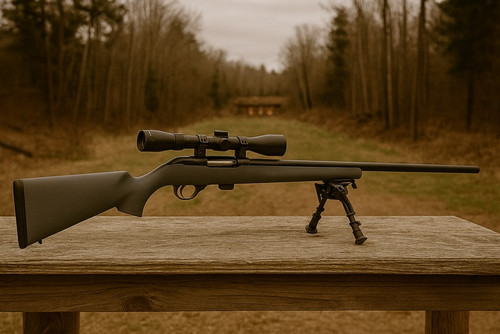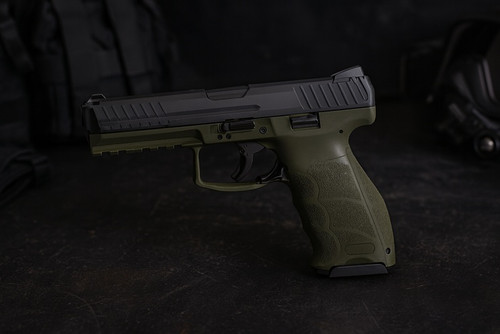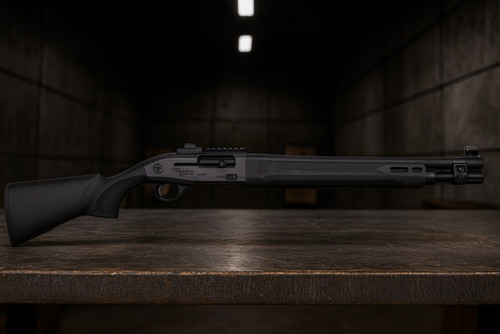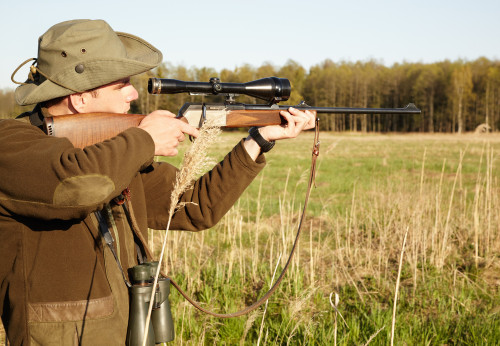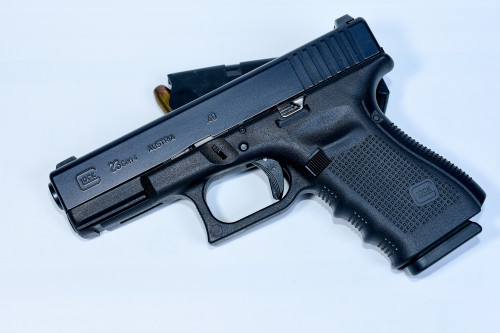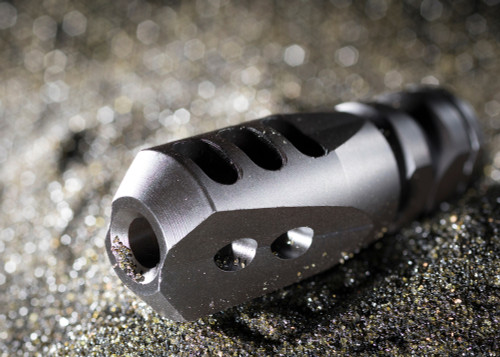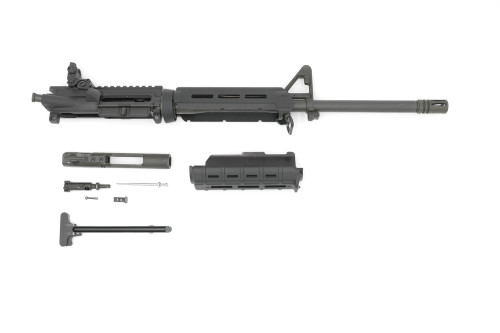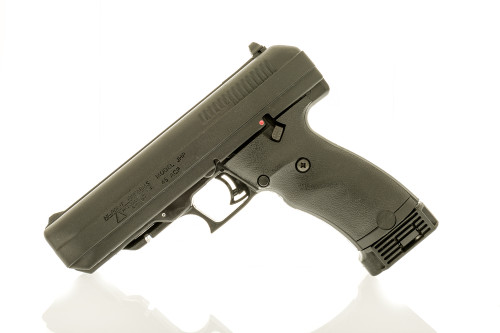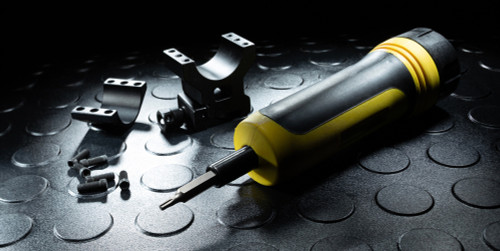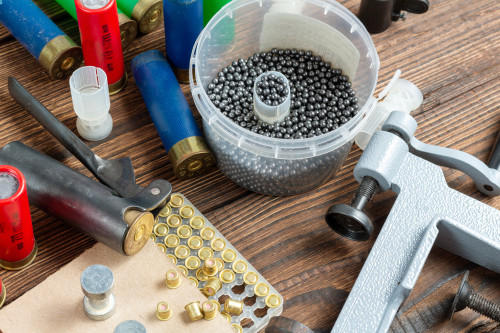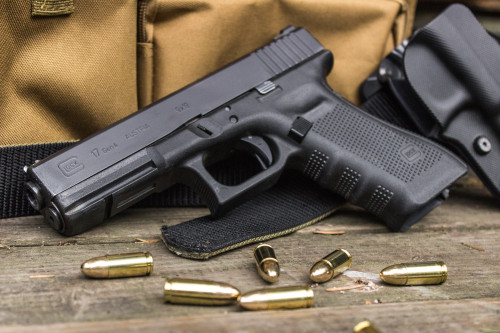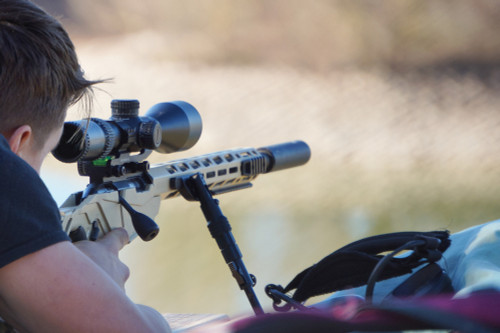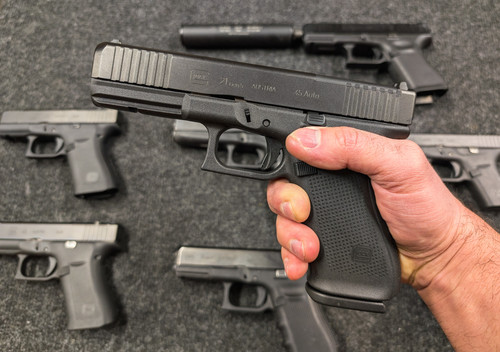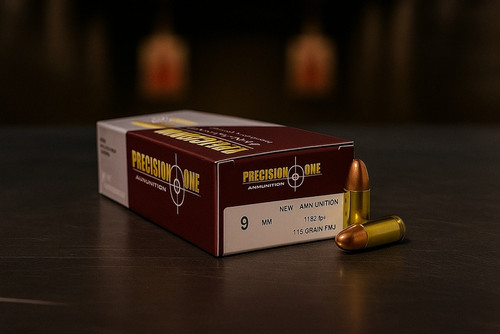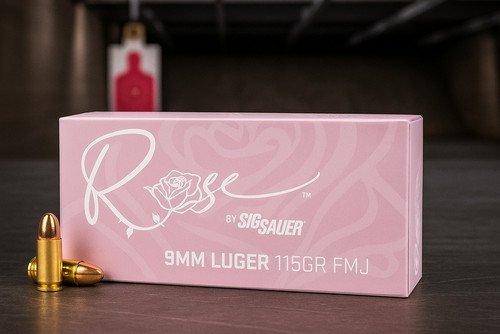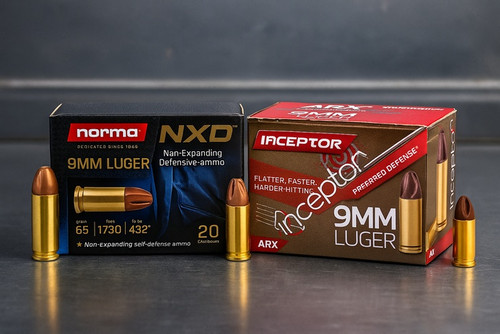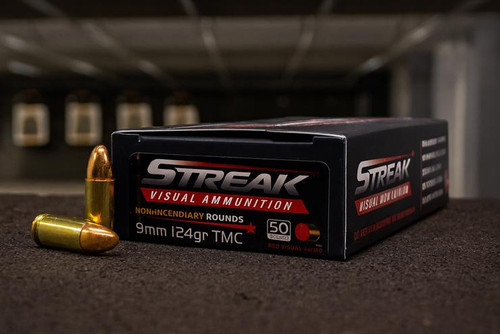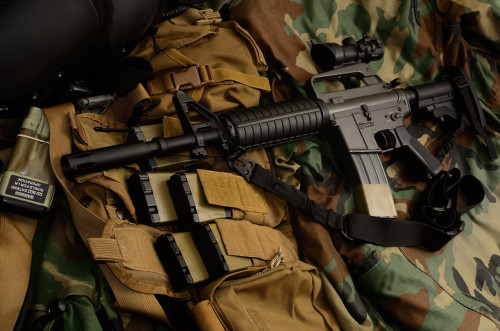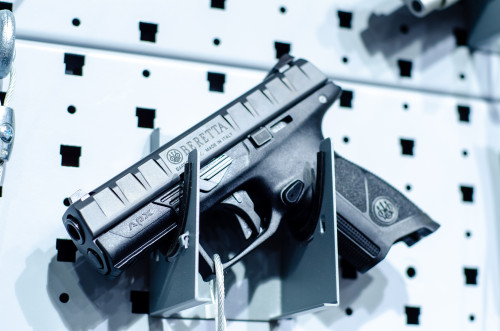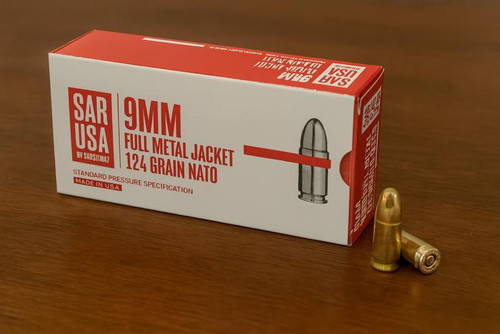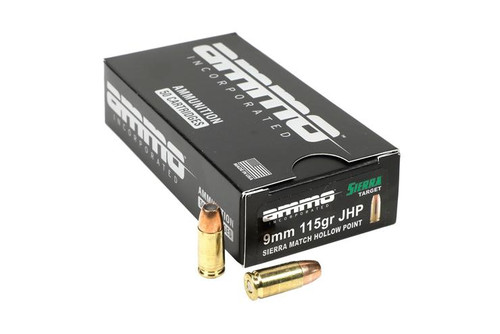Quick Answer
The 6.8x51mm (.277 Fury) is the U.S. Army's new 6.8 Common Cartridge for its next-generation guns. It uses a hybrid case with a steel head and a brass body. That layout lets it run at pressures up to 80,000 psi. With that kind of pressure, soldiers get more reach past six hundred meters, better barrier punch, and stronger hits on modern body armor than 5.56mm. It powers the new M7 rifle and M250 (formerly XM250) automatic rifle and marks the biggest shift in Army small arms in many years.
Key Takeaways
- 6.8x51mm (.277 Fury) is the Army's new 6.8 Common Cartridge from the NGSW program.
- The hybrid case and 80,000 psi pressure push more speed and energy from short barrels.
- It aims to move effective range and hit power beyond 5.56 and 7.62 NATO.
- The new M7 rifle and XM250 LMG are built around this cartridge family.
- How fast it spreads will depend on ammo output, training, and long-term supply.
Why Soldiers Started Asking for More Than 5.56mm
After 2001, hard reports started coming back from Afghanistan. American soldiers had to fight at longer ranges than in tight city fights. At those ranges, the 5.56mm round often did not hit hard enough.
Stories spread about enemy fighters taking many 5.56mm hits and still staying in the fight. More enemy body armor made that problem even worse. While the M4 is rated for 500–600 meters on paper, reliable terminal effect often drops off past roughly three hundred meters — a limitation highlighted repeatedly in Afghanistan.
These real combat lessons pushed the Army to look for more reach and more punch. The new round had to hit harder yet still run in guns a soldier could carry all day. That balance became the goal.
So the Army turned to the 6.8x51mm to answer those range and armor problems. Now you can see what makes this cartridge stand out.
What Is the 6.8x51mm (.277 Fury) Common Cartridge?
Cartridge Names and Designations
First, it helps to clear up the names. The round carries a few labels:
- 6.8x51mm Common Cartridge – U.S. Army name
- .277 Fury – commercial name
- .277 SIG Fury – official SAAMI name
All of these belong to the same basic cartridge. People just use different names in different places. SIG Sauer announced it in late twenty nineteen, and it quickly drew both military and civilian interest.
Case Design and Hybrid Construction
The build of this round is what really makes it stand out. The 6.8x51mm uses a hybrid three-piece cartridge case:
- Steel case head for strength
- Brass body for smooth feeding and extraction
- Aluminum locking washer that ties the steel and brass together
This is not just a design twist. The steel base holds pressures that would make normal brass cases fail. The case length and diameter line up with the well-known .308 Winchester, but the way it runs on the range is very different.
Pressure and Performance Basics
The 6.8x51mm runs at about 80,000 psi of chamber pressure under SAAMI standards. That is far higher than many rifle rounds. Most of those sit around 60,000 to 65,000 psi. Even SAAMI warns about this higher range. It says any pressure over 65,000 psi needs new case designs and new gun designs that move away from old methods.
This very high pressure lets the round push heavier bullets faster. It still does that even from short barrels. You get near-magnum performance from a compact, lightweight cartridge — especially from shorter barrels.
From 5.56 NATO to 6.8: Why Change at All?
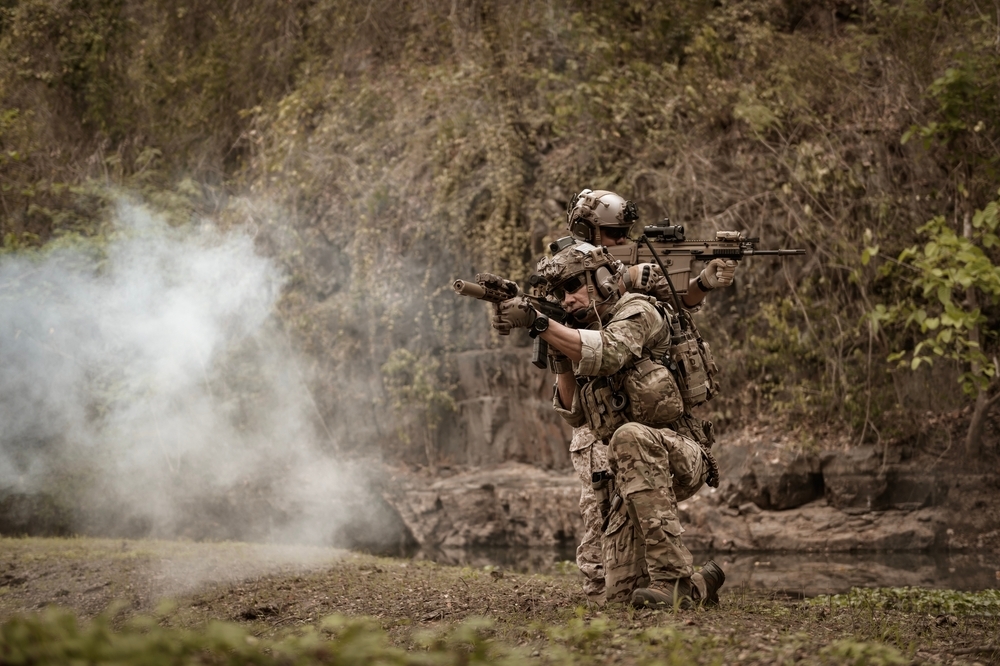
Post-2001 Combat Lessons
The wars in Afghanistan and Iraq exposed clear limits in the 5.56mm NATO round the U.S. military had used since the Vietnam era. In Afghanistan you had wide open spaces and long sight lines. Troops often saw targets at distances that pushed the edge of what 5.56 could handle well. Their rifles did not give them the reach or energy they wanted for those longer shots.
Enemy fighters often engaged from distances beyond the effective range of 5.56mm. The mountains and valleys created battlefields where shots at 400+ meters were common, not rare. And as body armor became more widespread, even closer shots sometimes failed to stop threats quickly.
The Army needed something that could reach out farther and hit harder when it got there. They needed a round with more energy downrange.
The 6.8 SPC as the First Experiment
This was not the first time the Army tried to fix these problems. Back in 2002, the Army Marksmanship Unit teamed up with Remington and built the 6.8x43mm SPC, the Special Purpose Cartridge.
The 6.8 SPC showed real promise. By 2004, platforms such as the Barrett M468 were used in limited testing and evaluation, demonstrating the 6.8 SPC’s improved energy over 5.56mm.
But the 6.8 SPC still never replaced the 5.56mm. Supply lines, timing, and other moving parts got in the way. It stayed on the edge, and the search for a new main round kept going.
Enter the NGSW Program
Jump ahead to recent years and the Army launched the Next Generation Squad Weapon program, often called NGSW. The goals were big:
- Defeat modern body armor at extended ranges
- Extend effective engagement distances for infantry squads
- Reduce weapon weight compared to current systems
- Maintain control and accuracy despite increased power
This time the Army did not try to force a new cartridge into old guns. They chose to design a new cartridge and new weapons together as one full system.
6.8x51mm (.277 Fury) vs Legacy Calibers
| Aspect | 6.8x51mm (.277 Fury) | 5.56 NATO | 7.62 NATO |
|---|---|---|---|
| Program / role | Army’s new 6.8 Common Cartridge (NGSW) | Current standard rifle round with limits noted | General-purpose comparator |
| Purpose / goal | Reach past 600 m; better armor/barrier performance; higher energy | Practical lethal range ~300 m; struggles at long range and against armor | Baseline; 6.8 designed to exceed it in many cases |
| Pressure & case | ~80,000 psi; hybrid case (steel head + brass body + aluminum washer) | Typical rifle rounds ~60–65k psi | Typical rifle rounds ~60–65k psi |
| Platforms | M7 rifle; XM250 automatic rifle | M4 carbine; M249 SAW | M240B / M240L; 6.8 conversion kits in work |
| Adoption | Phased fielding tied to ammo production; close-combat units first | Remains in service for many roles | Remains in service; selective conversions expected |
| Logistics | Hybrid case adds steps; SIG start, Lake City long-term | Established supply chains | Established supply chains |
Inside the 6.8x51mm: Specs, Pressure, and Ballistics

Base Dimensions and Core Specs
Here are the basic specs for the 6.8x51mm:
- Bullet diameter: .277 inches, about 7.06mm
- Case length: 2.015 inches, about 51.2mm
- Overall length: 2.825 inches, about 71.8mm
- Rifling twist: 1:7", one full turn in 7 inches
The case size sits close to 7.62×51mm NATO and .308 Winchester. That makes life easier for builders and factories that already work with those rounds. The smaller bullet diameter helps the 6.8x51mm reach higher speed and still give less recoil than a full .30 caliber round.
High-Pressure Hybrid Case Engineering
The secret sauce of the 6.8x51mm is its ability to handle extreme pressure. SAAMI notes that rifle cartridges operating above about 65,000 psi require advanced case and firearm designs beyond traditional all-brass construction — exactly what the hybrid 6.8×51mm case was built for.
The stainless steel base has much higher yield strength than brass. It allows it to contain the 80,000 psi pressure without failure. The brass body provides the expansion and extraction properties needed for reliable function. An aluminum locking washer connects these two materials.
This unique design lets the 6.8x51mm achieve velocities from short barrels that would require much longer barrels with traditional cartridges. That means more portable weapons that still pack a punch.
Ballistic Numbers in Plain Language
What does all this engineering mean in practical terms? The 6.8x51mm can push:
- 113 grain bullets at around 3,200 feet per second (fps)
- 135-140 grain bullets at 2,750-3,000 fps
- Heavier 150–155 grain hybrid loads generally fall in the high-2,800 to ~2,900 fps range from a 16-inch barrel.
All of these numbers come from 16-inch test barrels, which is close to military carbine length. These velocities translate to:
- More energy on target than both 5.56mm and 7.62mm NATO in many cases
- Flatter trajectory for easier long-range hits
- Better terminal performance when the bullet reaches the target
SIG claims the cartridge outperforms even the 6.5mm Creedmoor, with 6-9 feet less bullet drop at 1,000 yards and 20-25 percent greater energy delivery.
Why 6.8x51mm Won the Army's Next Generation Squad Weapon Trials
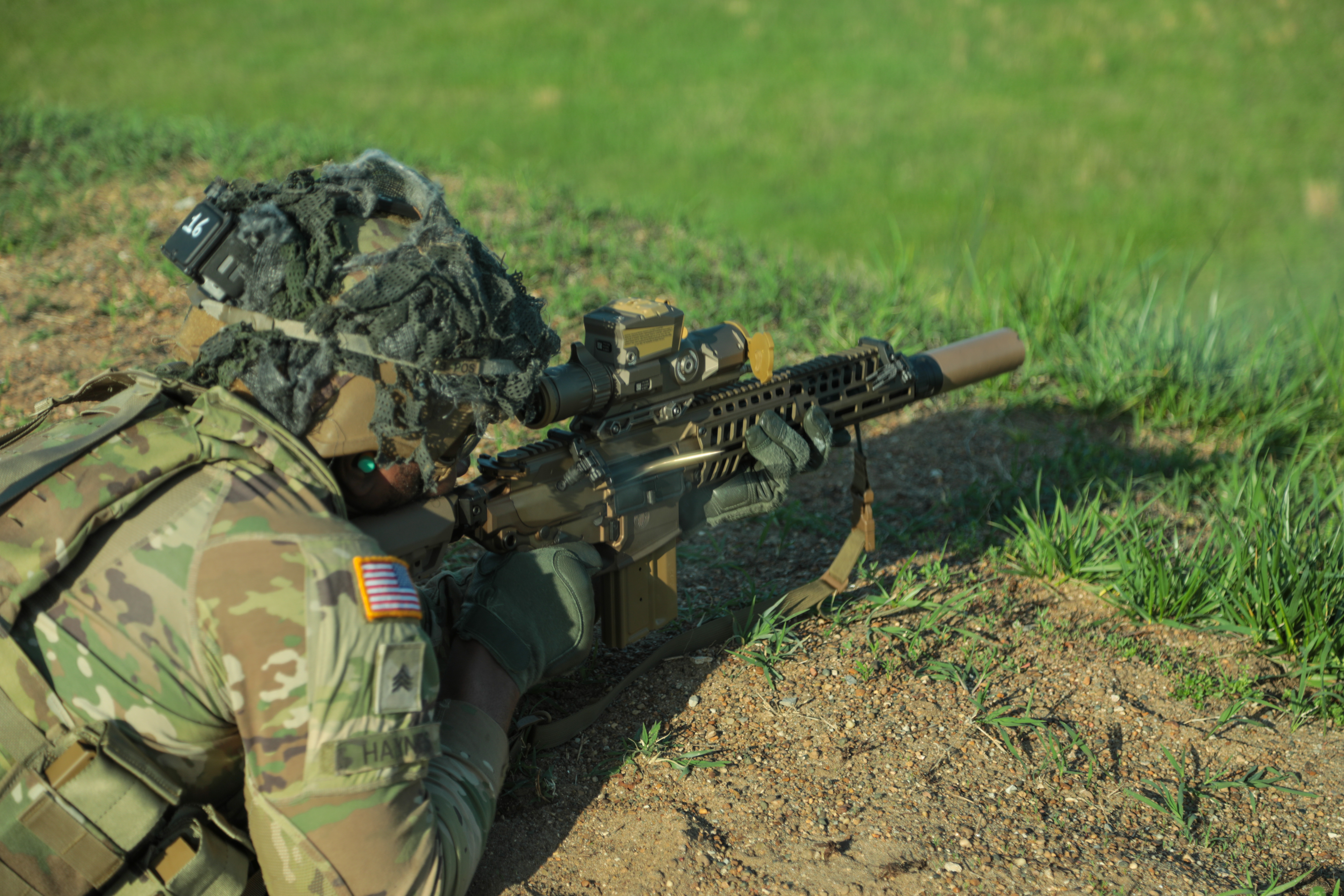
The Weapons Built Around It: M7 and XM250
In April 2022, the U.S. Army announced its selection of SIG Sauer's weapons chambered in 6.8x51mm:
- The M7 rifle, which will partially replace the M4 carbine
- The XM250 automatic rifle, which will replace the M249 Squad Automatic Weapon (SAW)
These weapons weren't simply existing designs modified to handle a new cartridge. They were engineered from the ground up to work with the high-pressure 6.8x51mm and take full advantage of its capabilities.
Lethality and Range Against Armored Threats
The Army hasn't been fully transparent about the exact performance requirements, but they've dropped hints. The 6.8x51mm boasts an effective lethal range of 600+ meters. It doubles the approximately 300-meter effective range of the 5.56mm.
This extended range comes with more energy on target, critical for defeating modern body armor. The prevalence of body armor on battlefields worldwide drove this requirement. A rifle round that can't penetrate expected protection isn't very useful.
Weight, Recoil, and Practical Use
Despite the increased power, the new weapons system offers several advantages:
- The M250 is reported to be roughly one-third lighter than the M249, depending on configuration.
- The system is designed to offer improved controllability compared to legacy 7.62 and 5.56 LMGs, despite significantly higher energy levels.
- Accuracy is improved over legacy systems
These improvements come from the cartridge's efficient design and the purpose-built weapons. The high pressures extract maximum performance from minimum size and weight.
Why 6.8x51mm Over Other Candidates
Several factors likely contributed to the selection of the 6.8x51mm over competing designs:
- The ability to deliver high energy from relatively compact weapons
- Compatibility with future conversion kits for existing machine guns
- Industrial partner (SIG Sauer) with proven track record and existing Army contracts
- Balanced approach to velocity, energy, and recoil
The Army chose a solution that could be manufactured at scale and that balanced immediate performance gains against long-term logistical realities.
6.8x51mm Ammo Types
General-Purpose and Hybrid Combat Loads
Open sources indicate the XM1186 is a full-pressure hybrid general-purpose load, widely believed to use a projectile in the ~113-grain class at roughly 3,000–3,200 fps, though exact specifications remain restricted.
SIG's commercial catalog describes the 113-grain hybrid ball load as "Next Gen Ammunition, Magnum Performance," noting it's the round developed for U.S. Next Generation Weapon Systems.
Reduced-Range and Training Loads
Not all 6.8x51mm ammunition uses the hybrid case or operates at maximum pressure. The XM1188 is a reduced-range training round that allows troops to train on existing ranges designed for the 5.56mm.
On the commercial side, SIG offers 135-grain brass elite ball loads described as "practice" ammunition. These use traditional brass cases and operate at lower pressures. It provides a more economical option for training.
Specialty Rounds: Tracer, Marking, and More
Like any military cartridge, the 6.8x51mm will come in various specialized types:
- Tracers for machine gun fire and target designation
- Marking rounds for force-on-force training
- Blanks for field exercises
The Army has stated there will be "multiple types of tactical and training rounds that increase accuracy and are more lethal against emerging threats than both the 5.56mm and 7.62mm ammunition." The exact variants remain to be fully disclosed.
Can the Army Actually Feed a 6.8x51mm Force?
Ammo Production and Industrial Partners
War is logistics. Even the best weapons system fails without ammunition supply. The Army is addressing this challenge through a two-track approach:
- Initial production by SIG Sauer to get the system off the ground
- Long-term production at Lake City Army Ammunition Plant in Missouri
Other partners include Vortex, which manufactures the optics for the new weapons. This public-private partnership aims to avoid the logistical pitfalls that have killed promising weapon systems in the past.
Hybrid Case Manufacturing Challenges
The hybrid case design introduces manufacturing complexity. Each case requires assembling the steel base and brass body with an aluminum locking washer. This adds a step to the manufacturing process.
The good news is that this can be done on modified existing equipment rather than requiring entirely new machinery. The question remains whether the performance benefits justify the added complexity and cost.
Fielding Pace and Army Statements
Army leadership has repeatedly emphasized, including in statements by Brig. Gen. Larry Q. Burris, that broad fielding is gated entirely by ammunition production capacity.
This cautious approach makes sense. A new weapon without ammunition is just dead weight. The Army's timeline for widespread adoption will be dictated by how quickly production can scale up.
Conversion Kits for Existing 7.62 Platforms
Not every weapon will be replaced with a new design. The Army has solicited conversion kits to adapt the 7.62mm NATO-chambered M240B and M240L machine guns to fire 6.8x51mm.
These conversion kits offer several advantages:
- Reuse of durable receiver components
- Reduced training burden (same manual of arms, different ammunition)
- Faster and more economical transition
As of March 2022, the United States Army has a solicitation ongoing for an M240 machine gun 6.8×51mm conversion kit for the 7.62×51mm NATO-chambered M240B and M240L general-purpose machine guns and it shows their commitment to the new cartridge.
.277 Fury in the Commercial Market
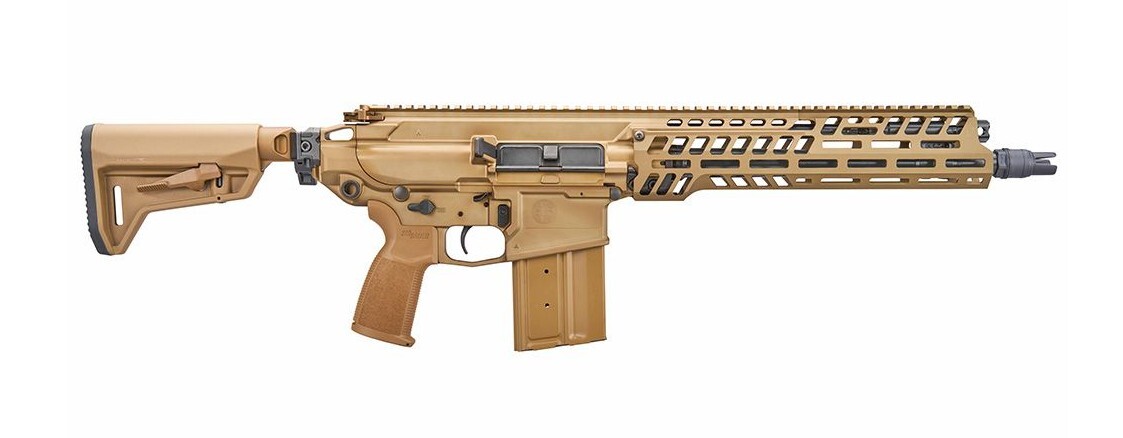
Rifles Chambered in .277 Fury
The civilian market already has options for those interested in the .277 Fury:
- SIG CROSS bolt-action rifle, announced alongside the cartridge in 2019
- SIG MCX Spear, the semi-automatic civilian version of the military rifle
These give civilians a taste of the military technology, though at a premium price point reflecting the advanced engineering involved.
Load Options for Hunters, Match Shooters, and Practice
SIG offers several commercial loads:
- 113-grain hybrid ball (military-type loading)
- 135-grain brass elite ball (practice ammunition)
- 150-grain hybrid hunter with Nosler AccuBond bullets
- 155-grain hybrid match with Sierra MatchKing bullets
These cater to different needs and price points. The hybrid loads deliver maximum performance but cost more than the brass-cased practice loads.
Pros and Trade-Offs for Civilians
For civilian shooters, the .277 Fury offers:
Advantages:
- Flat trajectory and high energy from compact guns
- Impressive long-range performance from short barrels
- Modern bullet designs with high ballistic coefficients
Trade-offs:
- Higher ammunition cost than mainstream calibers
- Limited firearm options (needs specially-designed guns)
- Possible increased wear on barrels due to high pressure
- More complex reloading process for handloaders
The .277 Fury represents a significant advancement, but comes with a price tag and complexity that may limit its civilian appeal outside of enthusiast circles.
Will 6.8x51mm Replace 5.56 and 7.62?
Where 6.8x51mm Shines
The 6.8x51mm excels in several key areas:
- Long-range engagements beyond 5.56mm's effective envelope
- Penetrating modern body armor and barriers
- Delivering increased energy from shorter, more portable weapons
- Providing a single cartridge solution for both rifle and light machine gun roles
These strengths directly address the battlefield challenges that prompted its development.
Limits and Open Questions
But several questions remain about the cartridge's future:
- Can hybrid case production scale economically?
- Will the high pressures create accelerated wear issues?
- How will the logistical system handle the transition period with multiple calibers?
- Will the Army fully commit to replacement, or will 6.8mm remain a specialized tool?
The answers to these questions will determine just how widespread the 6.8x51mm becomes.
Likely Near-Term Reality
The most realistic near-term outlook is a phased adoption:
- Initial fielding to select combat units with the greatest need
- Gradual expansion as production capacity increases
- 5.56mm and 7.62mm remaining in service for many roles
- Continued refinement of the 6.8mm system based on field experience
Complete replacement of 5.56mm across all Army units would be a massive undertaking in terms of both production and training. A measured approach seems more likely.
Conclusion
The 6.8x51mm marks one of the biggest changes in U.S. military small arms in many years. It tackles real problems soldiers face in modern fights and brings new tech straight to the front line.
The Army has stated that 6.8×51mm is intended first for close-combat units, while 5.56mm weapons will remain standard for the majority of the force for the foreseeable future.
For an Army going up against enemies with better gear and armor, the 6.8x51mm is more than a small upgrade. It is a big jump in what each rifle can do. In the end, real combat use will show how well it holds up and how far it goes.
Frequently Asked Questions (FAQ)
Is 6.8x51mm the same as .277 Fury and 6.8 Common Cartridge?
Yes, these names all point to the same round. The U.S. Army calls it "6.8 Common Cartridge" or "6.8x51mm." The commercial name is ".277 Fury," and SAAMI lists it as ".277 SIG Fury." All of these share the same core design with a hybrid case and a .277 inch bullet.
Can you fire 6.8x51mm in a .308 Winchester or 7.62 NATO rifle?
No. The 6.8x51mm runs at far higher pressure, around 80,000 psi. That is much more than the usual .308 or 7.62 NATO level of about 60,000 psi. Putting 6.8x51mm in a normal .308 rifle could destroy the gun and cause serious injury. You need rifles built for this round.
Does 6.8x51mm replace 5.56 NATO across the entire U.S. military?
Not right now. The Army plans to field the M7 rifle and XM250 automatic rifle with close combat units first. Many other units will still carry 5.56mm rifles and light machine guns for a long time. A full changeover would depend on how many guns and cartridges can be built and how much money Congress gives.
Is .277 Fury safe in standard commercial rifles?
Full-power hybrid .277 Fury loads run at 80,000 psi, while brass-cased practice loads operate at more conventional pressures.
How does 6.8x51mm compare to 6.5 Creedmoor for long-range use?
According to SIG Sauer’s published comparisons, .277 Fury shows 6–9 feet less drop at 1,000 yards and roughly 20–25% more retained energy than 6.5 Creedmoor.
Will 6.8x51mm become a NATO standard cartridge?
It is too early to say. NATO moves slow on new standard rounds and needs buy-in from many countries. That usually comes only after wide U.S. use. If 6.8x51mm performs well in U.S. service and proves its value over many years, other NATO partners may look at it for their own forces.
About the Author
This article comes from the ProArmory writing team. We based it on current research, including work from trusted sources such as the Journal of Military Science, Firearms News, and the National Shooting Sports Foundation. We also used open information from official defense publications and well-known firearm groups such as the ATF, NRA, and manufacturer manuals.
Disclaimer: This article is for learning only. All details on military weapon systems come from public sources. Actual military specs can differ from the versions sold on the civilian market. Always follow all gun laws in your area and use safe handling habits with any firearm or ammunition.



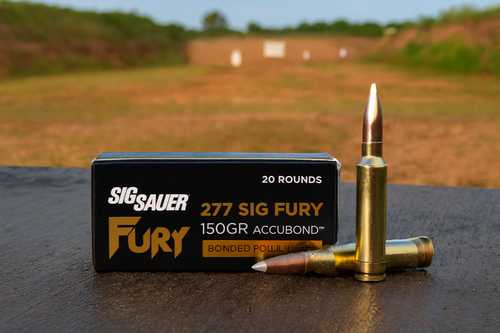
 Pro Armory Editorial Team
Pro Armory Editorial Team




